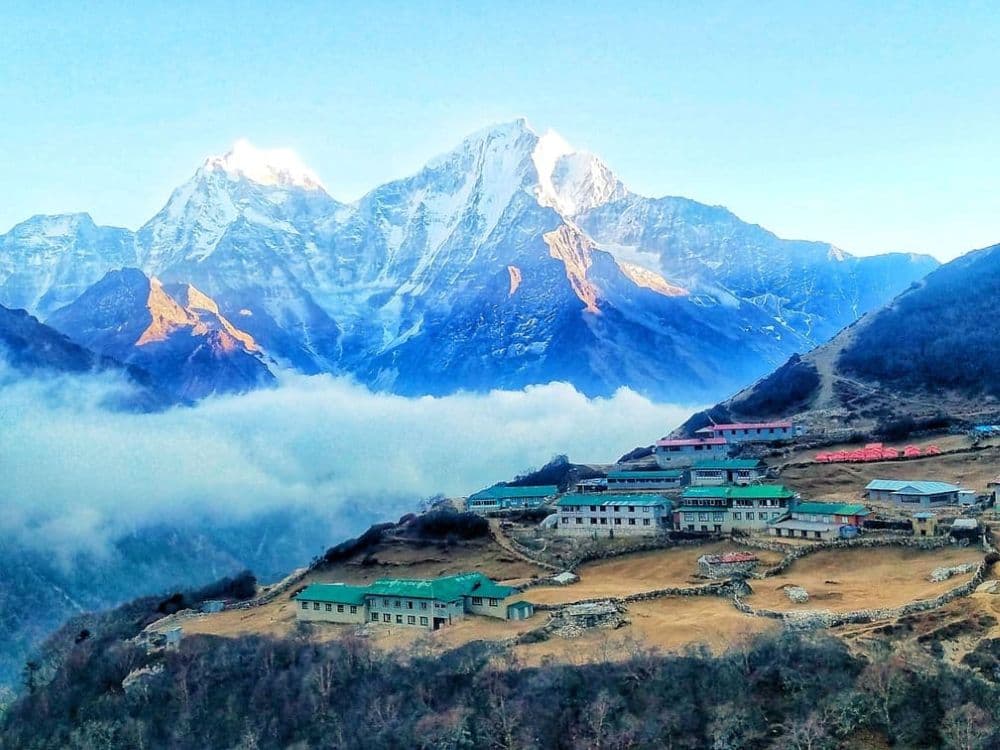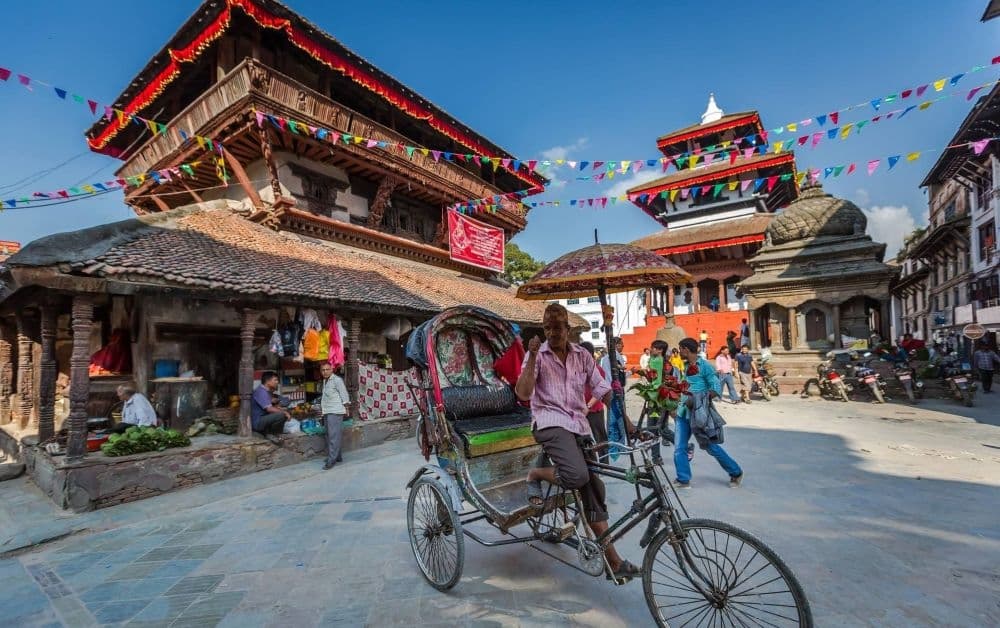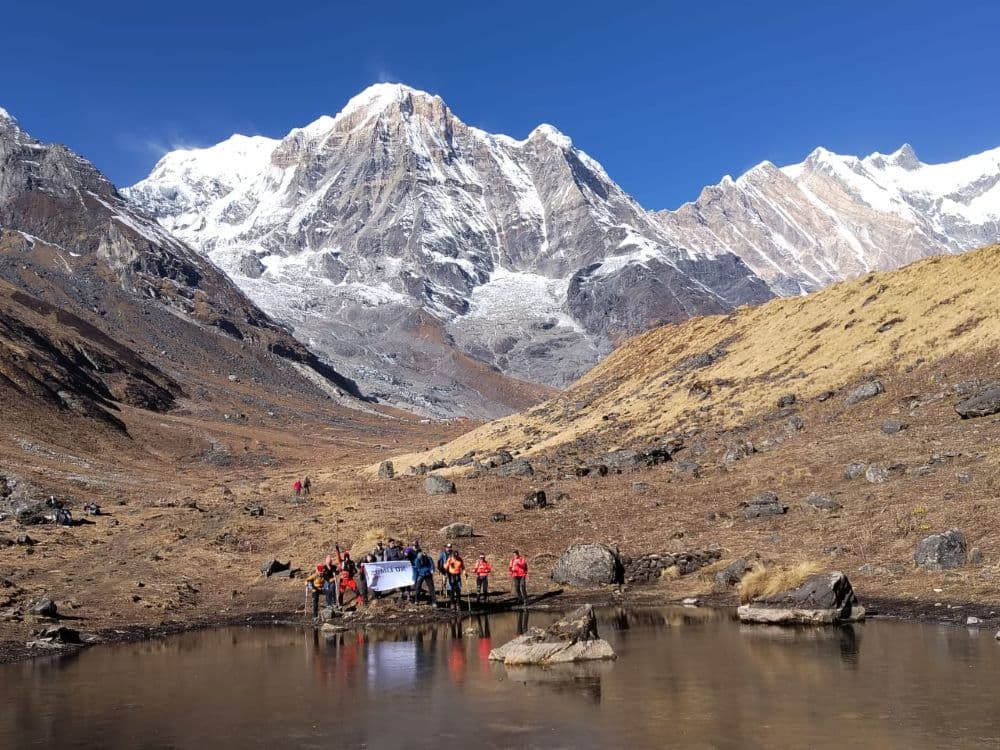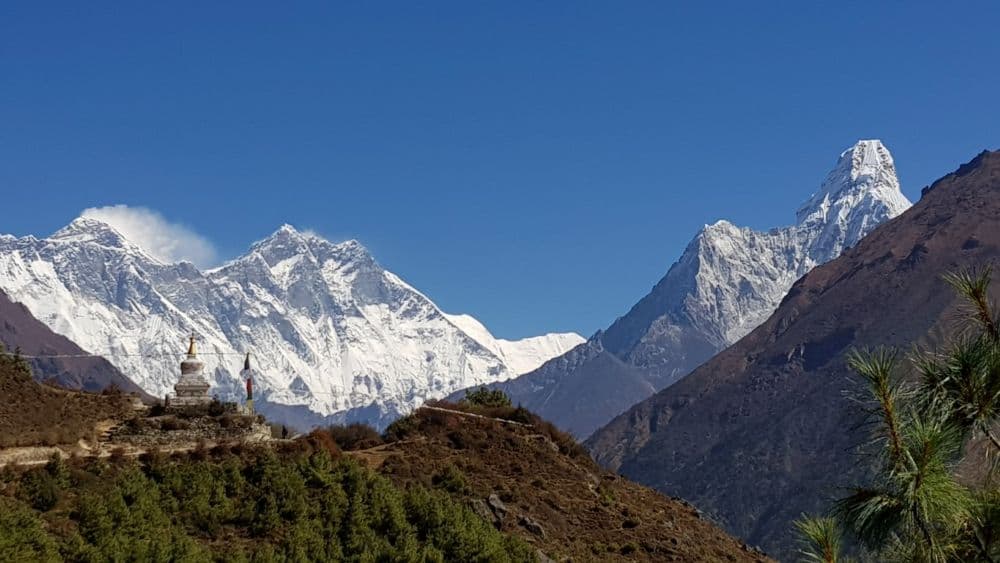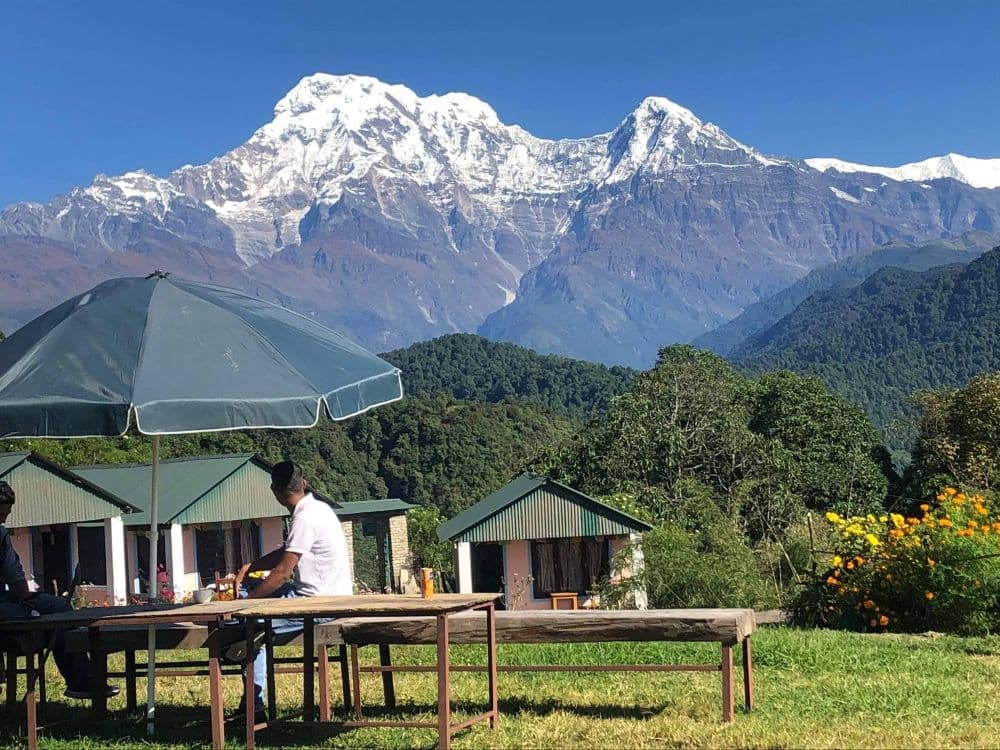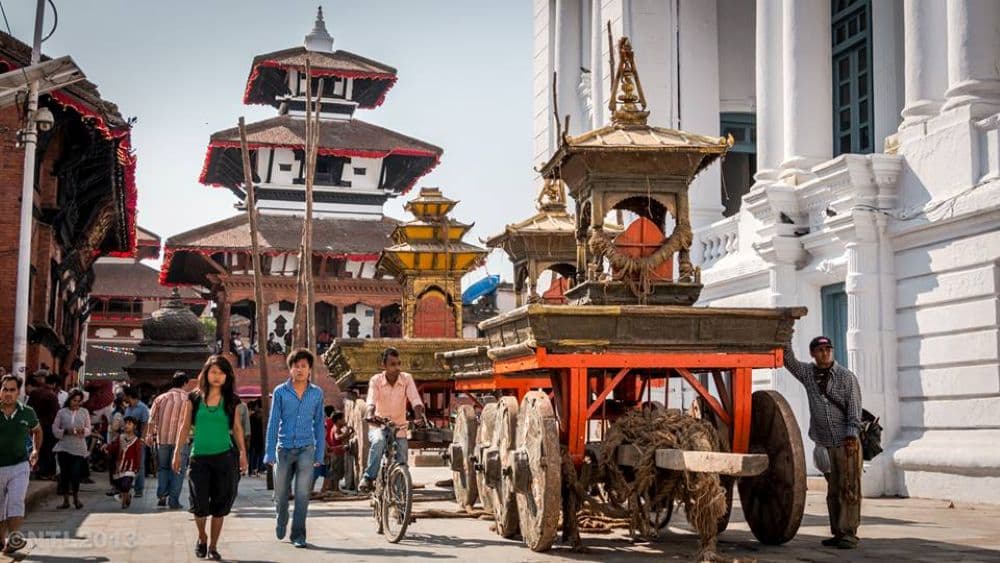
Jatras of Kathmandu Valley
The Jatras of Kathmandu Valley bring the valley's soul to life with their celebrations, music, chariots, and lively energy. With the rhythm of the musical instruments, when hundreds of hands pull the chariots carrying gods and show their presence in every nook and corner of the valley, that’s when Jatra truly lives up to its name.
For every traveler visiting Nepal, Kathmandu Valley gives a perfect introduction to the rich cultural heritage and history. This bowl-shaped valley is not just a random geographical location; but this place shows how history can be alive, not in a museum but right in front of your eyes. Not only that, Kathmandu Valley gives you a unique perspective on mythology, storytelling, and beliefs in the form of Jatras.
Have you ever heard of children worshipping as gods and goddesses, or seen the death celebration in the grandest way possible? If not, Jatras of Kathmandu Valley will show you exactly that and many more traditions and cultures that seem unbelievable to the eye. So, are you ready for an extravagant Jatra tour in Nepal?
What Are Jatras?
In simple terms, Jatra can be described as the lively carnivals, but with religious significance and mythological beliefs. Jatras in Kathmandu Valley are festivals and processions when the deities are brought out of the temples and into the streets, allowing devotees to worship and be graced by the gods. The chariots, music, masked dances, and other different rituals are the core of Jatras that highlight the rich Newari culture and heritage.
Why Are They Celebrated?
Whether it's the high chariot of Rato Machhindranath or the spectacle tug-of-war of the Bisket Jatra or the religious procession of the Living Goddess Kumari, each festival in Kathmandu displays the rich Newa heritage of the valley. Other than belief and faith, Jatras are also a way of passing down the heritage to future generations.
During the Kathmandu sightseeing tour, you can witness small children learning to play musical instruments from their seniors. Hence, Jatra celebrations are not only a way of honoring the gods but also a way of carrying legacy.
Jatras of Kathmandu Valley are a way of bringing people together. During these carnivals, people come together to construct chariots, manage processions, and perform dances. It is a moment of shared pride and collective identity.
Full of color, energy, and significance, the jatras in Kathmandu Valley are not merely festivals, but they are living traditions that remind history, mythology, and the communal spirit, which is in the very heart of Kathmandu Valley.
Top Jatras You Should Not Miss Out
There are many jatras that are celebrated in different parts of the Kathmandu Valley. Whether you are opting for a one-day Kathmandu Heritage Day Tour or a multi-day Nepal Holiday Tour, adding Jatras in your itinerary can be incredibly rewarding. Here’s the list of Jatras you must witness and celebrate during your visit to Nepal.
1. Indra Jatra
Indra Jatra, also known as Yenya Punhi, is an eight-day-long festival celebrated in honour of the god of rain, Lord Indra. Celebrated during the month of September, this festival makes the streets lively with the Lakhay Dance, Pulukisi running all over the streets, and chariots of Goddess Kumari, Lord Bhairav, and Lord Ganesh passing over every nook and corner of the city.
However, there is an interesting myth behind the celebration of Indra Jatra. It was believed that the god of rain, Lord Indra, once visited Kathmandu Valley in disguise to search for a Parijat flower(Night jasmine) for his mother, Dagini. But no one knew that he was the rain deity and was held captive by mistaking him for any other thief or robber. During captivity, the loyal elephant called Pulukisi got separated from Lord Indra. So, Pulukisi roamed around the alleyways and streets of Kathmandu in search of his master.
Getting no news about her son, Dagini became anxious and descended in Kathmandu. The locals asked for two boons over the release of Lord Indra. One was to take the souls of those who die to heaven. And the other wish was to spread enough dew over the winter season so that crops in the valley grow well.
Hence, during Indra Jatra, you can witness the re-enactment of such myths as locals perform dances with Pulukisi, the elephant-shaped figure. Another highlight of Yenya Punhi is raising the sacred wooden pole called Yosin. Raising the pole at the heart of Kathmandu Durbar Square shows the official beginning of the Indra Jatra, followed by chariots processions, masked dances, etc.
2. Bisket Jatra or Biska Jatra
One of the major Jatras of Kathmandu Valley is Bisket Jatra. This festival is celebrated in different parts of Bhaktapur, including Thimi, Nagadesh, Bode, and Bhaktapur itself. Usually, Biska Jatra is celebrated to commemorate the new year of Bikram Sambat. At Bhaktapur, Bisket Jatra is celebrated for nine days during mid-April.
Usually, this festival is dedicated to Lord Bhairav and Goddess Bhadrakali, so wooden chariots with the idols of these deities are pulled through the lanes of Bhaktapur. Likewise, another highlight of Biska Jatra in Bhaktapur is raising and pulling down the Yonsi or Lingo. During the Kathmandu Valley tour at the Biska time, you cannot miss out the thrilling tug of war. This adds more fun and community-building activities among the locals.
Likewise, the Biska Jatra of Thimi is quite different than that of Bhaktapur. You can witness 32 chariots carried by the locals on their shoulders. The main highlight of this Biska Jatra is Sindoor Jatra or the vermilion festival. The narrow lanes of Thimi convert into a sea of vermilion as people smear the color on each other and hurl the orange sindoor when the chariots pass in front of them. The air vibrates with music, laughter, and rhythmic beats as everyone participates in the festival.
The Biska jatra takes an adventurous turn when it reaches Bode. The center of the celebration is a chosen devotee who pierces his tongue with a long and thin iron needle as an act of devotion and spiritual endurance. Furthermore, he will make rounds carrying the burning flames on his shoulder. Doesn’t this tongue piercing ritual sound unique to you? Make sure to witness this festival during your next Nepal holiday Tour.
3. Ghode Jatra
Ghode Jatra adds a different level of excitement among the locals and onlookers during mid-March. In the Nepali language, Ghoda means Horse, and Jatra means parade. So, this festival is basically the parade of horses. However, this Jatra of Kathmandu Valley is not some random parade but a definition of warding off evil spirits.
It is believed that thousands of years ago, the demon named Gurumapa created a huge terror in Kathmandu Valley. It created an atmosphere of terror among the locals. However, the people of the valley couldn't take the terror anymore. Making an angry mob, locals managed to drive the demon to the grassy land of Tundikhel. No matter what weapons the locals use to kill the Gurumapa, it rose again.
So seeking as a last resort, locals released a horde of horses on top of the demon, and luckily, the stampede of horses crushed and killed the demon on the ground. Fearing the demon’s return, people began holding a yearly horse parade at Tundikhel, a ritual that eventually became known as Ghode Jatra.
The celebration of this festival is quite unique and different in comparison to other Jatras in Kathmandu Valley. The Nepalese army organizes the function every year with many events like a horse race, acrobatics, stunts, traditional dances, etc, in the presence of important personalities of the nation at Tundikhel.
4. Rato Machhindranath Jatra
Rato Machhindranath Jatra is one of the vibrant jatras of Kathmandu Valley. This jatra is celebrated in the Patan area to honor the rain and harvest deity, Rato Machhindranath. The birth of this significant jatra of the Kathmandu valley occurred during the reign of Licchavi King Narendra Deva. When Kathmandu Valley suffered from a twelve-year-long drought, the king sought a solution from astrologers.
They revealed that the drought was caused by the wrath of Guru Gorakhnath, who was angered by the locals. Following the disrespect of locals, Guru Gorakhnath sat in deep meditation and trapped the Nagas, the serpent deities responsible for rainfall. The only solution for drought was to summon Rato Machhindranath, the mentor of Guru Gorakhnath. Later, the king and the tantric priest embarked on a path and finally brought the god of rain to the valley. In gratitude, the king established the Rato Machhindranath Jatra, a month-long chariot procession celebrating rainfall, prosperity, and the enduring faith of the people of Patan.
During this jatra, an enormous and long wooden chariot is constructed, and once the chariot is ready, the idol of Rato Machhindranath is placed inside, and a long, energetic procession begins, passing through various neighborhoods of Patan.
Throughout the procession, the streets come alive with music, rituals, offerings, and crowds gathered to seek the deity’s grace. The jatra concludes with the famous Bhoto Jatra at Jawalakhel, where a sacred jeweled vest of Rato Machhindranath is displayed to the public.
5. Sikali Jatra
When most of the Nepalese are celebrating Dashain during September or October, the locals of Kokhana celebrate Sikali Jatra, also known as Khokana Jatra or Rudrayani Festival. This Jatra is celebrated for five days in Khokhana, dedicated to the Goddess Sikali. Like other Jatras of Kathmandu Valley, this celebration has its own beliefs and faiths. The locals believed that gods and goddesses fly around the Sikali temple in human form.
The centre stage of this festival is the Sikali temple, adorned amidst the grassy land. During this Jatra, the idol of goddess Rudrayani Devi is taken to the Sikali temple in a wooden chariot with full celebration of music and dances. Alongside the Goddess Rudrayani Devi, the 14 masked deities, also known as Devgans, are worshipped.
These 14 masked deities dance gracefully as they soar into the air, supported by Guthi members. With the music swelling around them, the entire scene feels so captivating that it’s sure to enchant anyone watching with a spiritual vibe.
6. Gai Jatra
Gai Jatra, also known as Sa: Paru, is a unique jatra celebrated by Newars in the Kathmandu Valley. Amidst the grand celebrations, this festival carries the remembrance of the loved ones who have deceased in the past year. The celebration of the Gai Jatra dates back to the 17th century during the regime of King Pratap Malla. The Queen was devastated after the loss of her son. In order to console the Queen, King Pratap Malla initiated this festival, where families who mourned the recent loss of their loved ones could join the procession.
During the festival, young boys are dressed in different costumes, representing cows, gods, etc. The main stage for this jatra is Bhakatapir Durbar Square, where locals and visitors gather and perform Ghintang Ghisi dance. With the transformation of these jatras of Kathmandu Valley over time, it has become a platform for social commentary, a space for public opinion, and a way to point out issues with humour and satire. Hence, your Nepal Monsoon tour should definitely include Gai Jatra.
Jatras in Kathmandu Valley are not festivals; they are a continuity of faith, community, and culture. As the culture keeps going through transformation, these lively celebrations retain the identity, reminding people of their common heritage and of the values that have been passed on across the generations. So, are you ready to dive into the cultural journey with Mountain Adventure Trekking Pvt Ltd. If yes, contact us today.
